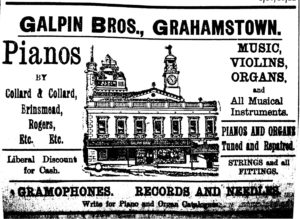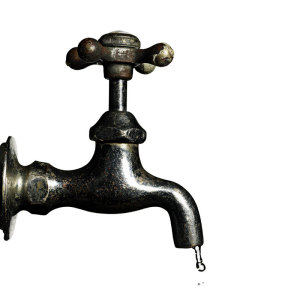You asked… here it is! Over the next few months, Rhodes University Cory Library Archivist Kylie van Zyl will be sharing glimpses of Grahamstown’s past through historic selections from Grocott’s Mail. Enjoy!

GROCOTT’S MAIL, FRIDAY 11 AUGUST
The more things change …
Those of us who follow the goings-on at the local municipality may experience a strong sense of déjà vu if they continue reading. On Friday 10 August, 1917, Grocott’s Mail reported that the major topic of discussion in the municipal Council Chamber was … familiar.
“The dominant question is undoubtedly water,” wrote an unnamed staff reporter, “and this the public fully realises. Their quarrel with the Council is not that they believe that many of its members do not want water, but they are dissatisfied with the slowness with which they appreciated the dangers of a seriously diminished supply, and the lackadaisical manner in which they have attempted to cope with the difficulty.”

At the time, the issue of acquiring a local farm to beef up Grahamstown’s water supply was being fiercely contested in Council: one Councillor Lloyd felt that it was a waste of time to secure an option for Howieson’s Poort, which then belonged to a Mr Tomlinson. Lloyd was “convinced that the Council would never go there for water for the simple reason that there was none there.” Councillor Tarrant agreed, saying that he “had seen the river there as dry as the Council Chamber. There was never any water in Howieson’s Poort except after a rain.”
Howieson’s Poort had been on the Council’s radar since 1884, when a Mr Spindler noted that if the town continued to rely solely on Slaaikraail, they would one day find themselves without water. And indeed, that seemed to be very nearly the case in 1917! However, the Council did pay a £25 option for Howieson’s Poort, and it eventually became part of the town’s water supply network.
- 100 years ago in Grocott’s Mail is compiled by Kylie van Zyl, Archivist, Rhodes University Archives Project.


